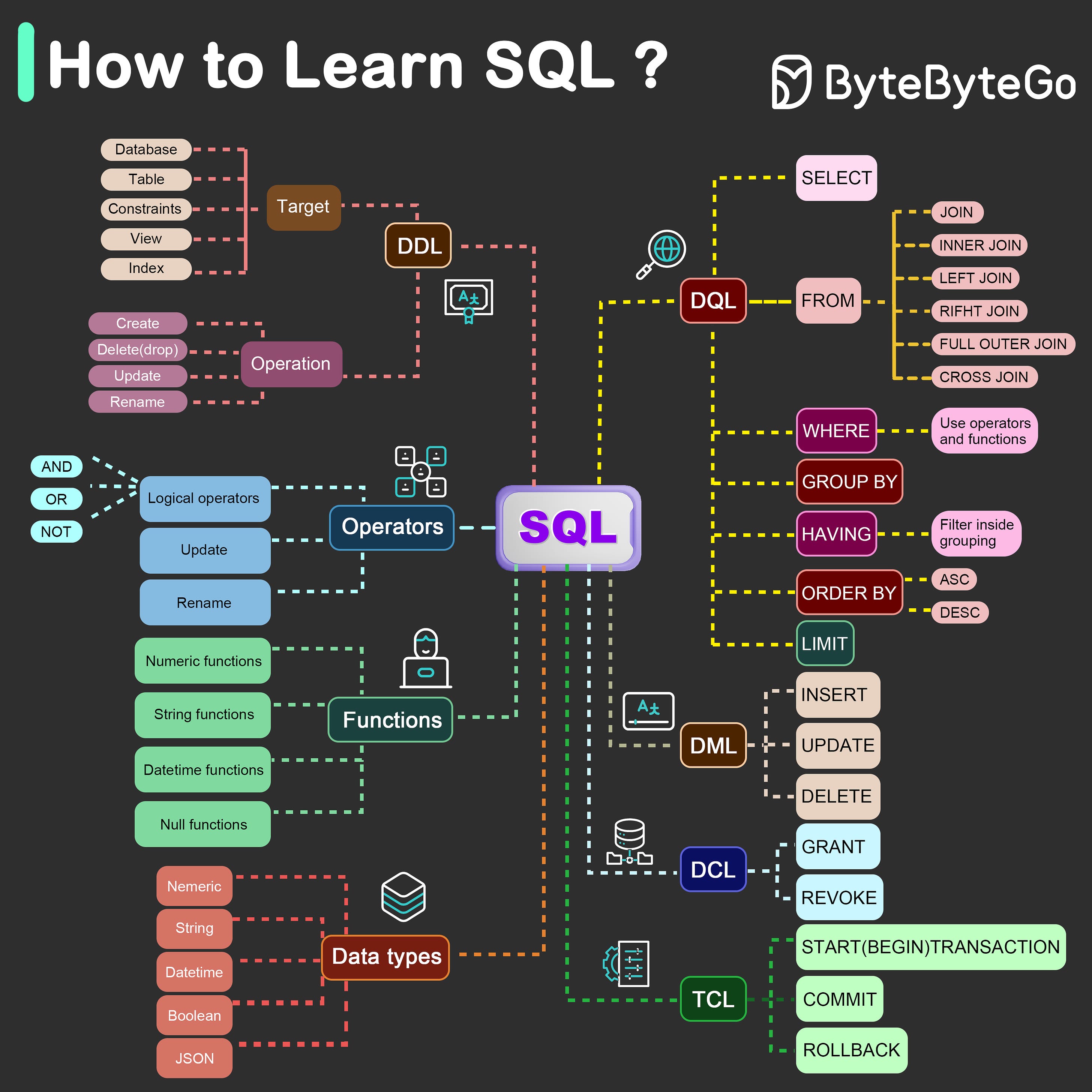- Mailing Lists
- in
- A Crash Course on Distributed Systems
Archives
- By thread 5363
-
By date
- June 2021 10
- July 2021 6
- August 2021 20
- September 2021 21
- October 2021 48
- November 2021 40
- December 2021 23
- January 2022 46
- February 2022 80
- March 2022 109
- April 2022 100
- May 2022 97
- June 2022 105
- July 2022 82
- August 2022 95
- September 2022 103
- October 2022 117
- November 2022 115
- December 2022 102
- January 2023 88
- February 2023 90
- March 2023 116
- April 2023 97
- May 2023 159
- June 2023 145
- July 2023 120
- August 2023 90
- September 2023 102
- October 2023 106
- November 2023 100
- December 2023 74
- January 2024 75
- February 2024 75
- March 2024 78
- April 2024 74
- May 2024 108
- June 2024 98
- July 2024 116
- August 2024 134
- September 2024 130
- October 2024 141
- November 2024 171
- December 2024 115
- January 2025 216
- February 2025 140
- March 2025 220
- April 2025 233
- May 2025 239
- June 2025 303
- July 2025 176
It's not too late to register - Effective Care Rostering: Using Capacity Planning and Dependency-Driven Resourcing
Unpacking the mysteries of productivity
A Crash Course on Distributed Systems
A Crash Course on Distributed Systems
Latest articlesIf you’re not a subscriber, here’s what you missed this month. To receive all the full articles and support ByteByteGo, consider subscribing: A distributed system is a collection of computers, also known as nodes, that collaborate to perform a specific task or provide a service. These nodes are physically separate and communicate with each other by passing messages over a network. Distributed systems can span geographical boundaries, enabling them to utilize resources from different locations. Distributed systems have several characteristics that distinguish them from traditional centralized systems:
Distributed systems are ubiquitous in our daily lives. Examples include large web applications like Google Search, online banking systems, multiplayer games, etc. These systems leverage the power of multiple computers working together to provide a seamless and responsive user experience. In this post, we’ll explore the benefits and challenges of distributed systems. We will also discuss common approaches and techniques used to address these challenges and ensure the reliable operation of distributed systems. Understanding Distributed SystemsThe term “distributed systems” can sometimes confuse developers. ...  Unlock this post for free, courtesy of Alex Xu.A subscription gets you:
© 2024 ByteByteGo |
by "ByteByteGo" <bytebytego@substack.com> - 11:36 - 11 Jul 2024


